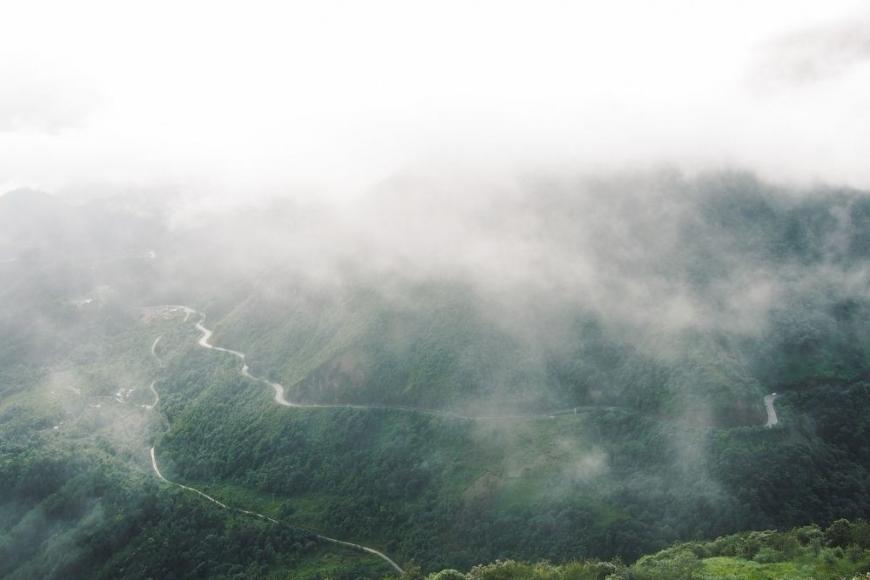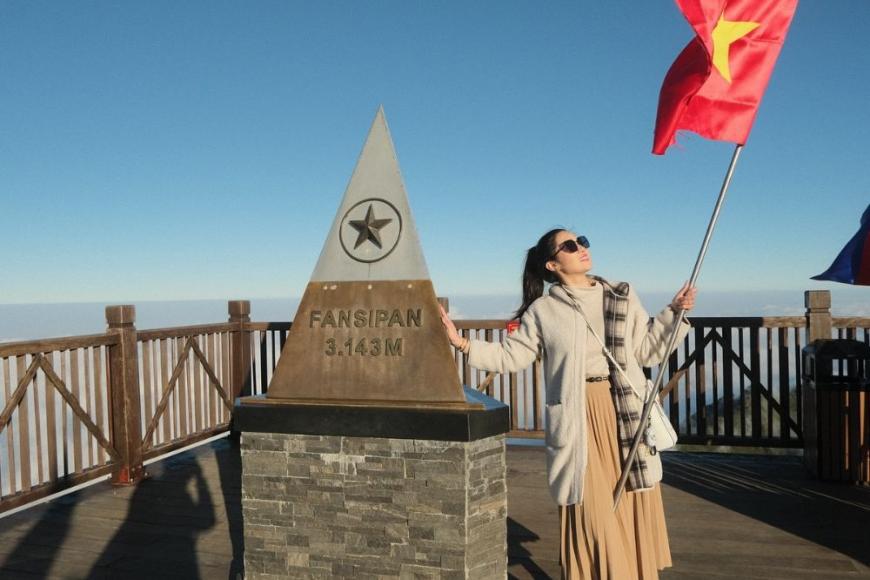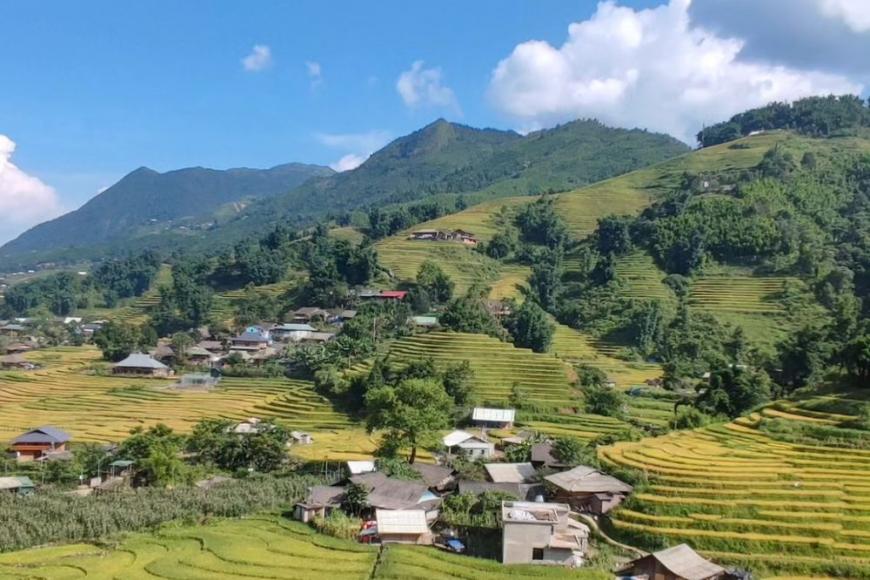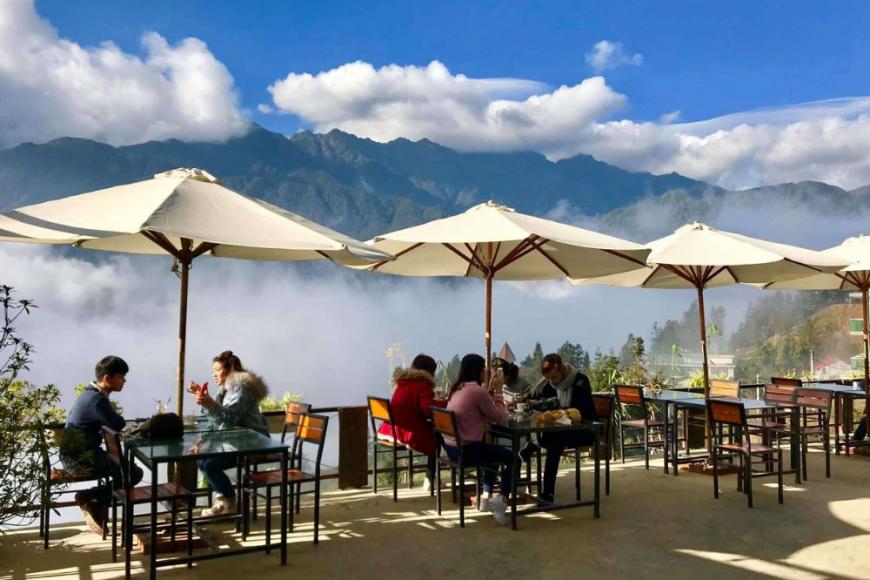- Nha Trang Travel Information
- Muine Travel Information
- Hue Travel information
- Cantho travel information
- Sapa travel information
- Ha Giang Travel Guide
- Ninh Binh Travel Information
- Quy Nhon Travel Information
- Vietnam Travel Information
- Hoian Travel Guide
- Vung Tau Travel Information
- Quang Binh Travel Information
- Phu Quoc Travel Information
- Ha Tinh Information
- Ca Mau information
- Quang Ninh Travel Information
- Tay Ninh Travel information
- Hoian travel guide
- Tien Giang travel guide
- Con Dao Travel information
- Ninh Thuan information
- Moc Chau information
- Danang Vietnam Travel Information
- Hanoi Travel Information
- Ho Chi Minh Travel Information
- Dalat Travel Information
Ba Be National Park Travel Tips
Ba Be National Park Travel Tips
Ba Be is also home to some ethnic minority communities. There is a large Tay population in Ba Be who make their living farming and fishing in the park and mostly live in traditional wooden stilt houses. This culture has been well preserved by the Tay community and can be seen throughout the park. There are also many local legends surrounding the various places throughout Ba Be which add to the magic of the park.
Puong Cave is 30m high and stretches 300 m into the base of Lung Nham Mountain. Over the years, the flow of the Nang River cut into the rock, gradually eroding the surface until it eventually broke through to the other side. The forces of erosion have also created some interesting rock formations within the cave. The craggy mouth of the cave opens up into a tranquil river with stalactites and patterned rocks overhead. From here the river flows through the cave and into Ba Be Lake.
Hua Ma Cave
Hua Ma which was only opened to the public relatively recently is thought to be one of the most interesting and beautiful in the area. The legend behind the name of this cave is dark and mysterious much like its echoing caverns. Hua Ma which translates as Horse's Head refers to the story of an ancient king and his discovery of the cave. Upon approaching the cave on horseback with his men, the king's horse refused to past the mouth of the cave.
The king asked the local people for an explanation, and they told him that the cave was home to lost souls who had not made it to the afterlife and whose cries could be heard echoing in the cave at night. As a way of freeing the souls, the king erected a temple and ordered his men to float horse's heads down the stream while he recited Buddhist scriptures from within the cave. If this story isn't enough to set imaginations running, then the cave itself will with its captivating display of stalactites and stalagmites whose forms echo that of magical scenes and mythical creatures. The cave is accessed by a 300-meter walk up to the entrance before descending the newly installed steps into the depth of the cavern.
Lo Mo Cave was only recently discovered by Mr Linh himself! He came across the undiscovered cave whilst trekking in the Hoang Tri Commune. It has a height of 40 meters and stretches roughly 3-5 km underground with two streams flowing through it. The years of erosion have created some incredible rock formations from the spikes of the stalactites and stalagmites to the smooth wave like formations on the walls.
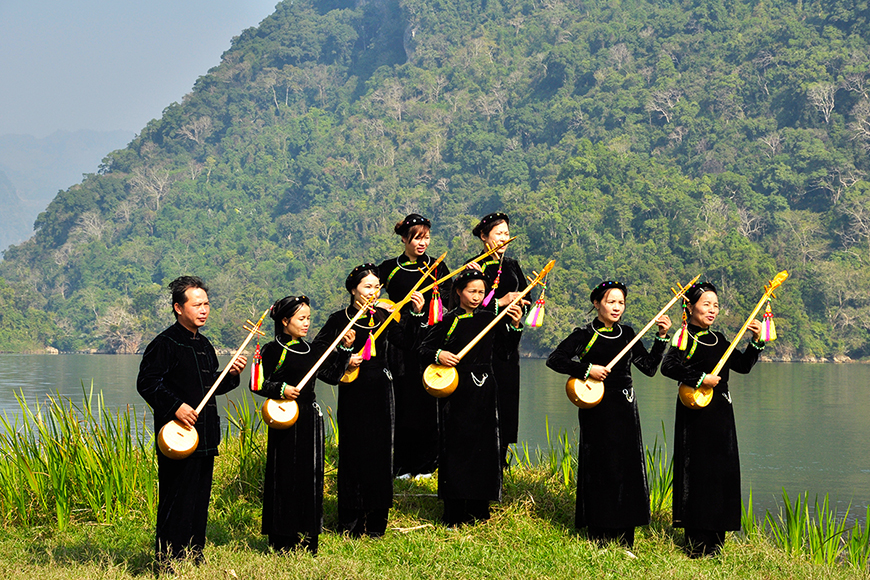
The Nang River is a tributary of a river originating in China which joins Ba Be at the north head of the lake. During the dry months, it supplies water to the lake and during the wet season, it drains the excess; this helps to maintain the lake throughout the year. Riding down the Nang by boat is one the best ways to take in the beautiful scenery of Ba Be National Park as it lined with tropical forests and karst mountains, even passing through Puong Cave at one point. The Nang is home to some species of river dwelling birds such as kingfishers, egrets and herons. The river also plays an important role in local life with people using the river for transport or planting crops along its banks.
The Nang River also travels over Dau Dang Waterfall. The river cuts through the thick vegetation and flows over the large boulders which block its path creating a picturesque and refreshing scene. This site is also home to a rare species of fish known as ca chien, a type of catfish, which can grow to over 10kg in weight.
Fairy pond is a tranquil haven of still water surrounded by thickly forested cliffs. It is one of the areas steeped in local legend as it is said that it is believed that a local hunter came across some fairies bathing in the pool who cast a spell on him. The beautiful scenery does have mystical feel to it but you are more likely to spot either a local fisherman or some of the varied wildlife than the legendary fairies.
Widow Island is another beauty spot famed for the folklore surrounding its origins. Small but beautifully formed, the island which is topped with a tangle of trees sit in the middle of the calm lake. It takes its name from a kind and courageous widow and her son who were said to have rescued the inhabitants of Ba Be from disaster.
The gem-like silhouette of the island looks pleasing against the wild and craggy shapes of the mountains in the distance and makes for some great photographs.
Many Tay communities reside in Ba Be National Park living mostly around the lake in small villages and hamlets. People mostly make a living and support themselves through rice cultivation, farming and fishing in the lake.
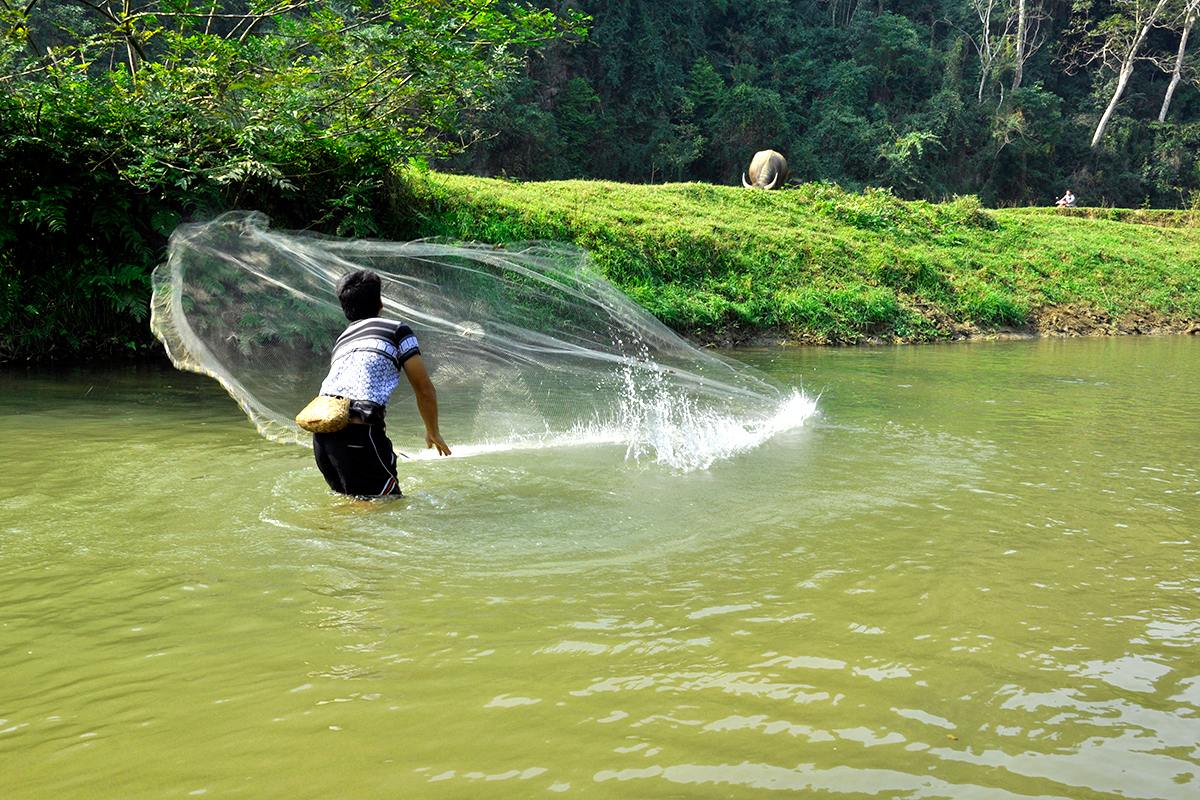
Many of the villages have retained a traditional way of life, living in wooden stilt houses and maintaining the same cultural beliefs and rituals that have existed for centuries. This way of life here seem to be in harmony with the beautiful surroundings with many of the beliefs and traditions being intertwined with nature.
Pac Ngoi Village sits just off the south-east tip of Ba Be Lake. The stilt houses seem to blend effortlessly with the verdant blanket of trees which sit behind it, their wooden structures complementing rather than overpowering the scene. Here you can see the local villagers working hard during and returning to their houses in the evening to share stories over homemade food.
Cam Ha Village
In the north of the lake, where the Ba Be Lake meets the Nang River sits Ban Cam Village. The houses are nestled in a small valley next to the river and the local villagers can be seen fishing on the lake in their traditional dugout canoes. The narrow boats glide effortlessly along the surface of the river maintaining the peace and tranquility of the area.
Bo Lu and Coc Toc Village
Bo Lu and Coc Toc are neighbouring towns on the west side of the land and can be accessed by road or boat. There are still many traditional stilt houses here, and some are used as homestays. The homestays highlight the warmth and hospitality of the local people and offer visitors a fantastic opportunity learn about local culture and make some new friends.
Go back!
other
O Quy Ho Pass is one of the top 4 majestic passes in Vietnam. The pass is at over 2000m above sea level, bringing stunning views with surrounding beauty. If you come to Sapa, don't miss out on visiting O Quy Ho pass.
Fansipan Mountain is the highest mountain in Vietnam and in Indochina, located in the charming town of Sapa, offering a view of the majestic forests, large valleys and hill villages far away. If you want to embark this mountain by hiking or cable car, you will have an interesting experience in Fansipan. In this guide, we infor some information about Fansipan mountain for travelers. Let's explore it.
Lao Lao Chai, Sapa is an ethnic traditional village which is located in the northern part of Vietnam. This village attracts you at first sight and is one of the best spots to visit in Sapa town.
You will have the opportunity to learn more about Vietnamese ethnic groups as well as admire the peaceful and pristine scenery here with stunning terraced fields.
Visiting coffee shops in Sapa is the best thing to do that you must try. There are a few hundred virtual pictures on Instagram. You will have a chance to see the majestic natural scenery, cool climate and enjoy the delicious drinks at the best view cafe shop in Sapa. Spending the time to discover top 10 beautiful cafes in Sapa. Let's explore it.
Explore the nightlife in Sapa with the best bars in Sapa. This is a worthwhile and exciting experience in this Northwest area in Vietnam. There are many cool bars and pubs, attracting local and international tourists. You will relax and relieve all the stress and pressure during the day.

